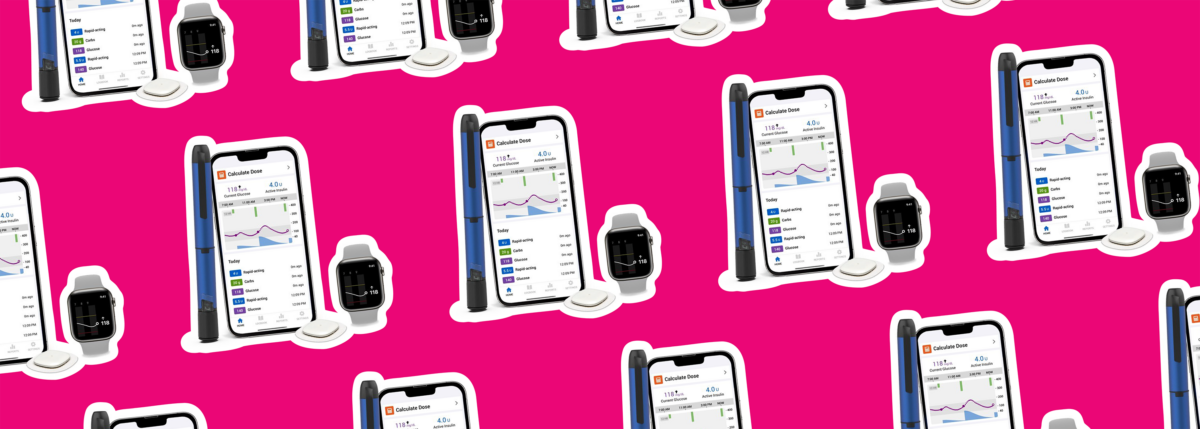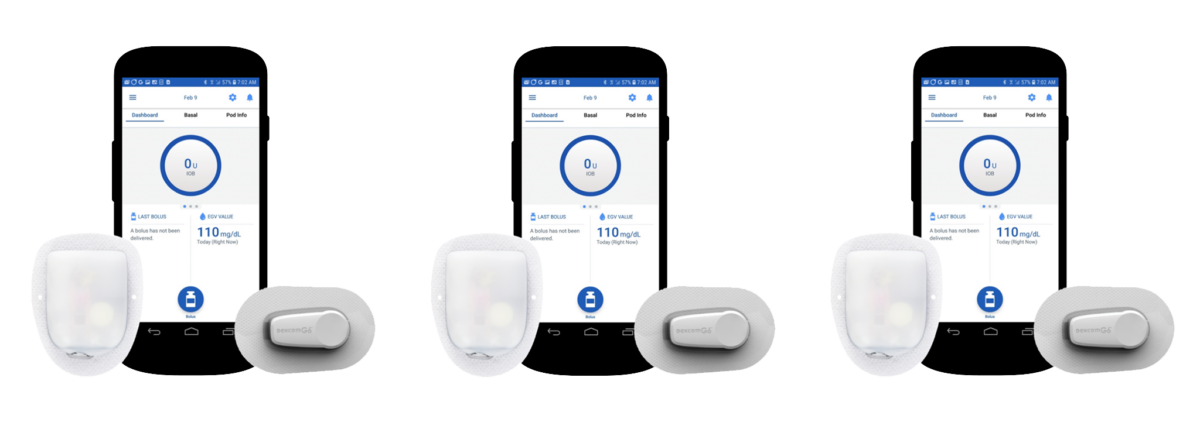Access to Insulin: In Low-Income Countries
Written by: Ginger Vieira
5 minute read
June 3, 2022
Coverage of the ADA Scientific Sessions is brought to you by the ADA x BT1 Collab.
Access to life-saving insulin across the globe continues to be a dire challenge for people living in low-to-middle-income countries. This lack of access to insulin puts the lives of children and adults with type 1 and type 2 diabetes in grave danger.
Presentation: Insulin Access—Challenges and Recommendations
Speakers at this ADA Scientific Sessions presentation included: Irl Hirsch, MD (University of Washington), Sylvia Kehlenbrink, MD (Brigham and Women’s Hospital), Bashier Enoos (World Health Organization) and Apoorva Gomber, MBBS, MD (Harvard T.H. Chan School of Public Health).
Insulin access in low-to-middle income countries
“If access to health care is considered a human right, who is considered human enough to have that right?”
This quote from medical anthropologist and physician Paul Farmer was a critical point highlighted throughout this presentation. If insulin is a human right, why are people in low-to-middle income countries across the globe struggling to survive with this disease?
“They often have to walk four days to buy a vial of regular insulin and seven to 10 days for a vial of analog insulin,” said Apoorva Gomber, MD. “Most people in low-income countries pay out-of-pocket for a vial of insulin.”
But insulin isn’t enough, stressed Apoorva.
People with diabetes in these countries also struggle to get a decent supply of syringes to actually take their insulin. Blood sugar monitoring supplies are rare, which means they also have no idea what their blood sugar levels are unless it’s high or low enough to trigger alarming symptoms.
Many people use the same syringe over and over for more than a week, according to Apoorva. With no access to diabetes management education, they’re also injecting into the same area of their body which leads to severe bruising, scar tissue and skin damage.
Five Obstacles in Low-to-Middle Income Countries
The five biggest challenges, explained Sylvia Kehlenbrink, MD, to provide better access to insulin in these countries and humanitarian settings include:
Insulin access in humanitarian settings
- 80 percent of people with diabetes are in lower-to-middle income countries
- Global insulin need is expected to increase by 20 percent in the next 10 years
- 78 percent of refugees are displaced for more than 20 years and depend on humanitarian care
- A third of humanitarian sites for displaced refugees don’t have insulin
- Home glucose monitoring is rarely available in refugee camps
- Only 19 percent of humanitarian sites have A1c testing technology
Insulin availability: Lower and middle-income countries
- Insulin is often reserved for inpatient use only when a patient shows up in diabetic ketoacidosis (DKA).
- Patients are sent home without insulin after DKA hospitalizations
- Some patients can pick up vials of insulin, but only at hospitals, not clinics
- Patients have to travel extensive distances to get insulin, requiring them to skip work
- When humanitarian aid organizations order emergency health kits for those newly diagnosed with type 1 diabetes, it can take six months to arrive
- Out-of-pocket price for regular insulin ranges from $2 to $13 per vial
- Getting enough syringes with a vial of insulin is a constant challenge
- Analog insulins and insulin pens are significantly more expensive
Insulin storage: protecting insulin without refrigerators
- Without refrigeration, hot and humid climates can damage insulin quickly
- Patients must use clay pots in hotter countries to protect insulin from heat damage
- Many patients must visit a clinic multiple times a day to get insulin because they cannot protect it from heat damage at home
Glucose monitoring: these supplies are critical, too
- You can’t manage your blood sugar if you don’t know what it is.
- The cost of meters and strips are even more expensive than insulin.
- Test strips are also affected by humidity and temperature.
- Foundation for Innovative New Diagnostics is working to increase access to continuous glucose monitor (CGM) in these countries.
- Clinical Health Access Initiative is working to increase global access to syringes, test strips, etc..
Healthcare and patient education
- There are not enough educated healthcare workers.
- Insulin management requires specialists who are rare and limited.
- The existing staff has limited baseline knowledge of diabetes management.
- Patients are receiving little-to-know diabetes education.
The solutions for these obstacles? Poorva points out that while some things have improved, very little has changed in the overarching effort to make insulin more accessible in low-to-middle income countries. And there seems to be no clear solution in sight.
Apoorva’s frustration with the lack of change in access to insulin was clear and valid. She emphasized that different organizations need to work together instead of working in silos.
“100 years, why are we still talking about it?” said Apoorva. “Why are we still facing the similar challenges which should’ve been solved years back?”
Read more: Insulin Access in the United States

Author
Ginger Vieira
Ginger Vieira is the senior content manager at Beyond Type 1. She is also an author and writer living with type 1 diabetes, celiac disease, fibromyalgia and hypothyroidism. She’s authored a variety of books, including “When I Go Low” (for kids), “Pregnancy with Type 1 Diabetes,” and “Dealing with Diabetes Burnout.” Before joining Beyond Type 1, Ginger spent the last 15 years writing for Diabetes Mine, Healthline, T1D Exchange, Diabetes Strong and more! In her free time, she is jumping rope, scootering with her daughters, or walking with her handsome fella and their dog.
Related Resources

On November 20, 2024, Medtronic received FDA clearance for its latest InPen app. This advancement...
Read more

Eli Lilly and Company is helping patients and caregivers understand important changes to Medicare Part...
Read more

Already compatible with Dexcom’s G6 and G7 continuous glucose monitors (CGMs), the Omnipod 5 Automated...
Read more

